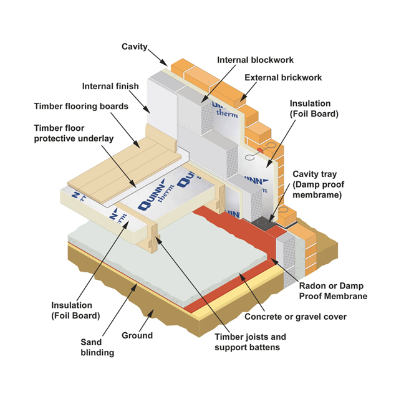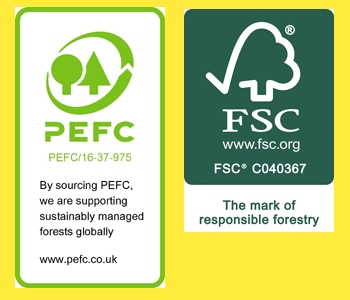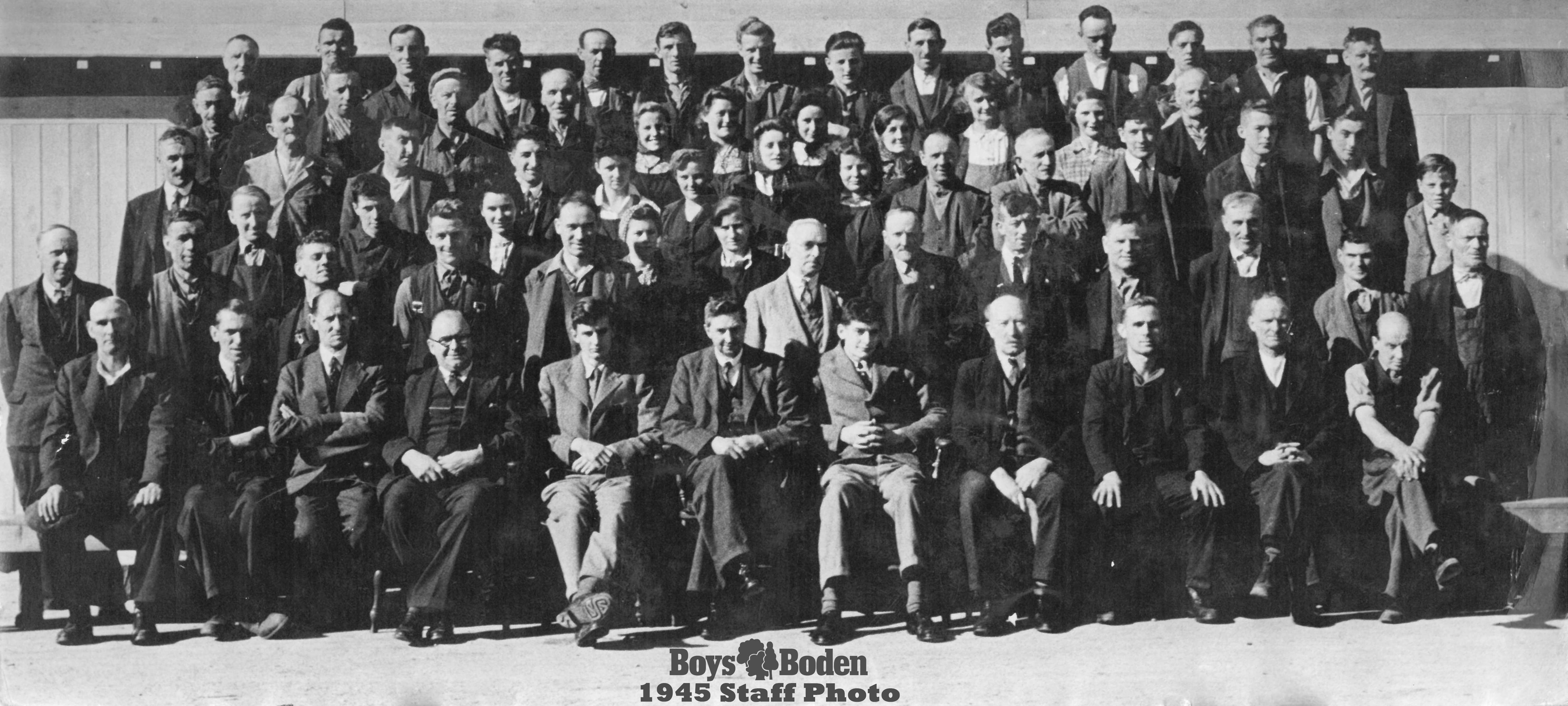Benefits of insulating suspended timber floors
60% of the energy used by a dwelling is for space heating and around 15% of this is lost through the ground floor. Insulating between the wooden beams of suspended timber floors will eliminate floor draughts and reduce heat loss through the floor.
Materials such as mineral wool and foiled-faced insulation boards are commonly used to insulate suspended timber floors.

Installation
Here are some steps you can follow to insulate a suspended timber floor:
1. Clean the area: Remove any debris, dust, and dirt from the space below the timber floor. Make sure there are no obstructions in the way.
2. Measure the space: Measure the distance between the joists to determine the thickness of the insulation you will need.
3. Choose the insulation material: There are a variety of insulation materials you can use, such as rigid foam boards, mineral wool, or glass wool batts. Make sure the insulation you choose has a suitable thermal resistance (R-value) for your climate zone.
4. Install the insulation: Cut the insulation to size, and lay it between the joists. Make sure there are no gaps between the insulation and the joists or any other obstructions. You may need to use wire mesh or netting to hold the insulation in place.
5. Seal gaps and air leaks: Use expanding foam, caulking, or sealant to seal any gaps or air leaks around the edges of the floor, between the joists, and around any pipes or electrical wiring.
6. Finish the floor: Once the insulation is in place, you can add a finish layer such as plywood or chipboard to cover the insulation and create a flat surface for flooring.
Insulating suspended timber floors can be a challenging job, and it's important to take safety precautions when working with insulation materials. Wear protective clothing and a dust mask, and make sure to follow the manufacturer's instructions for installation. If you're not comfortable doing the work yourself, consider hiring a professional insulation installer.







